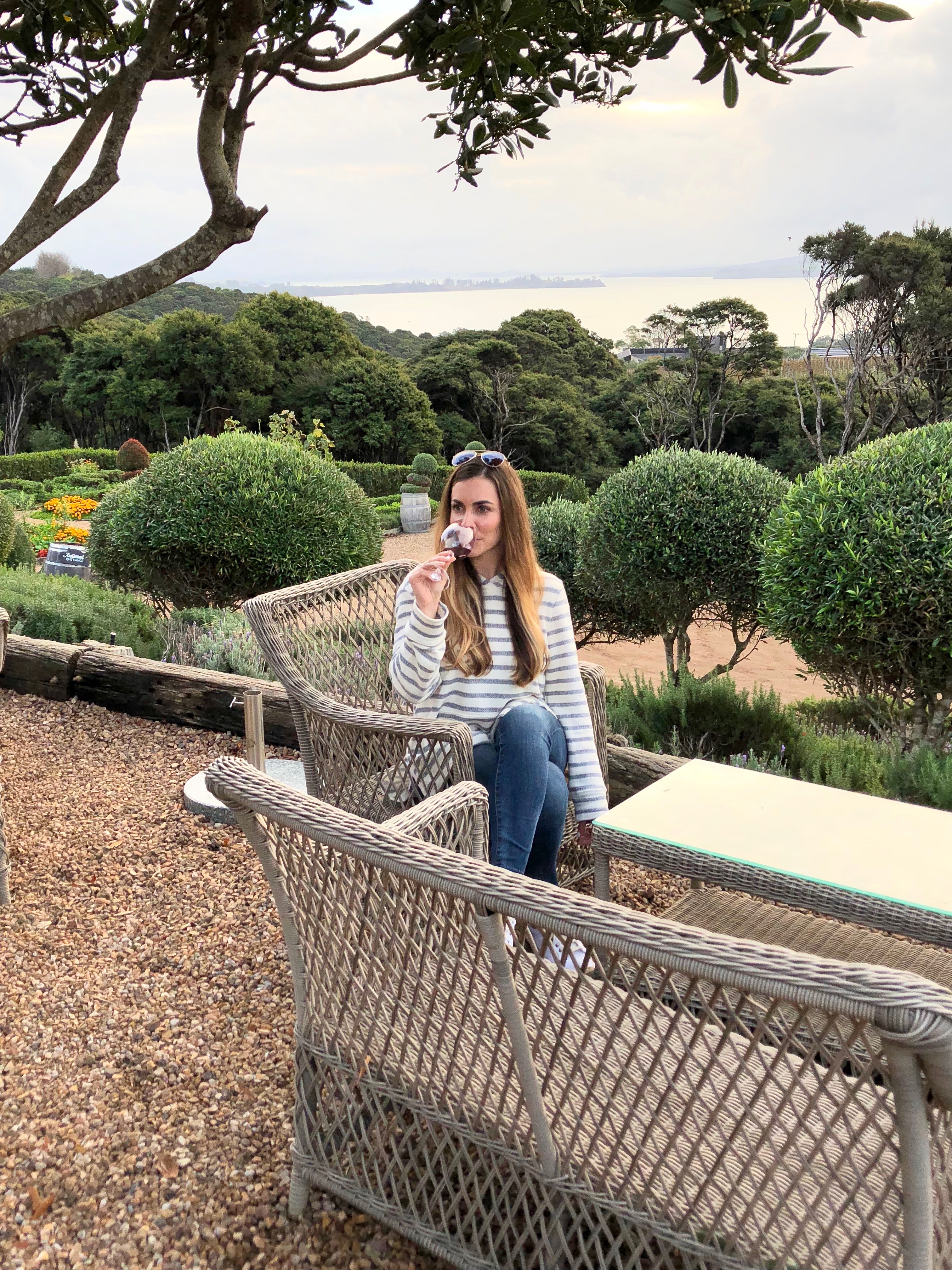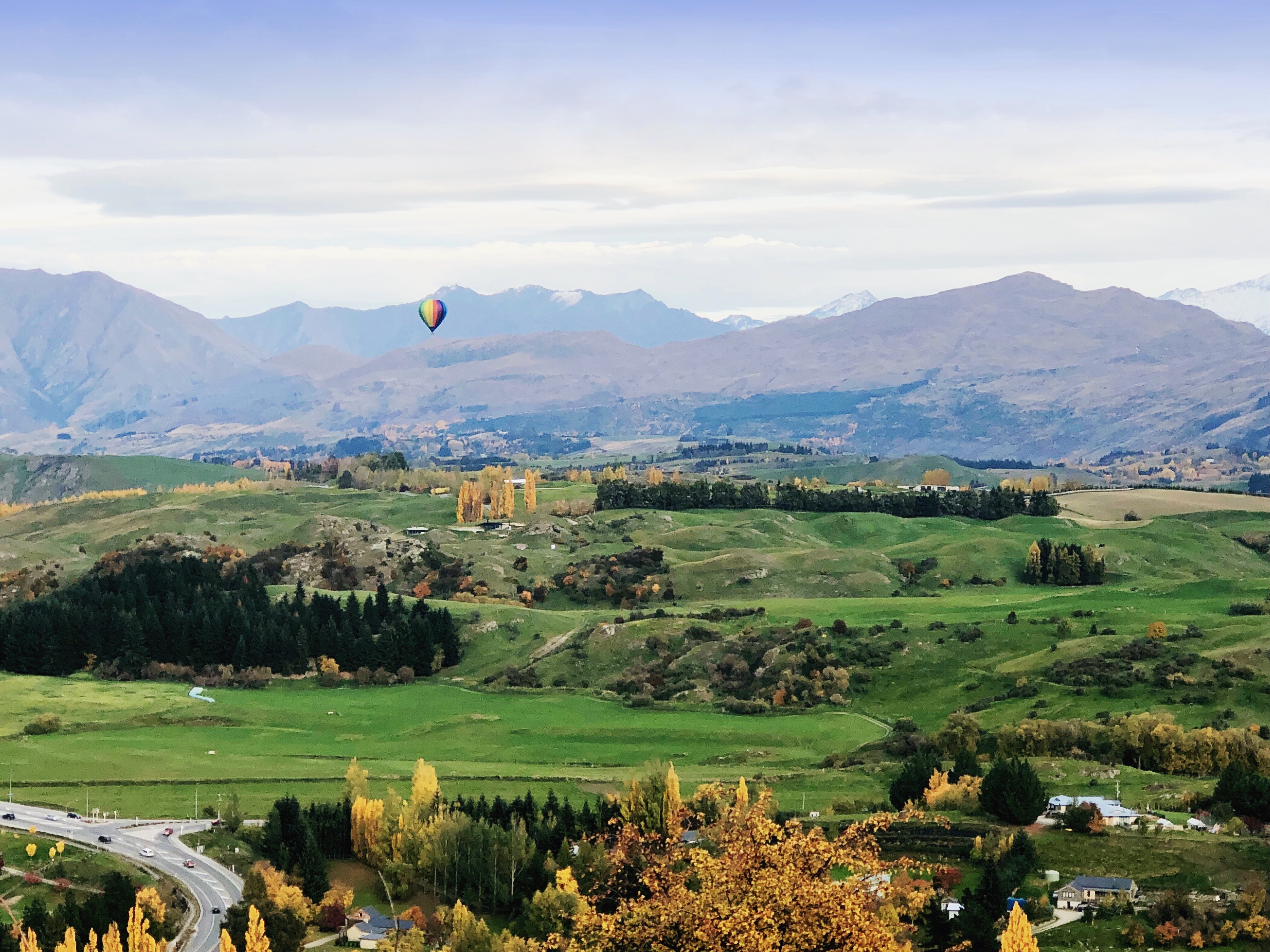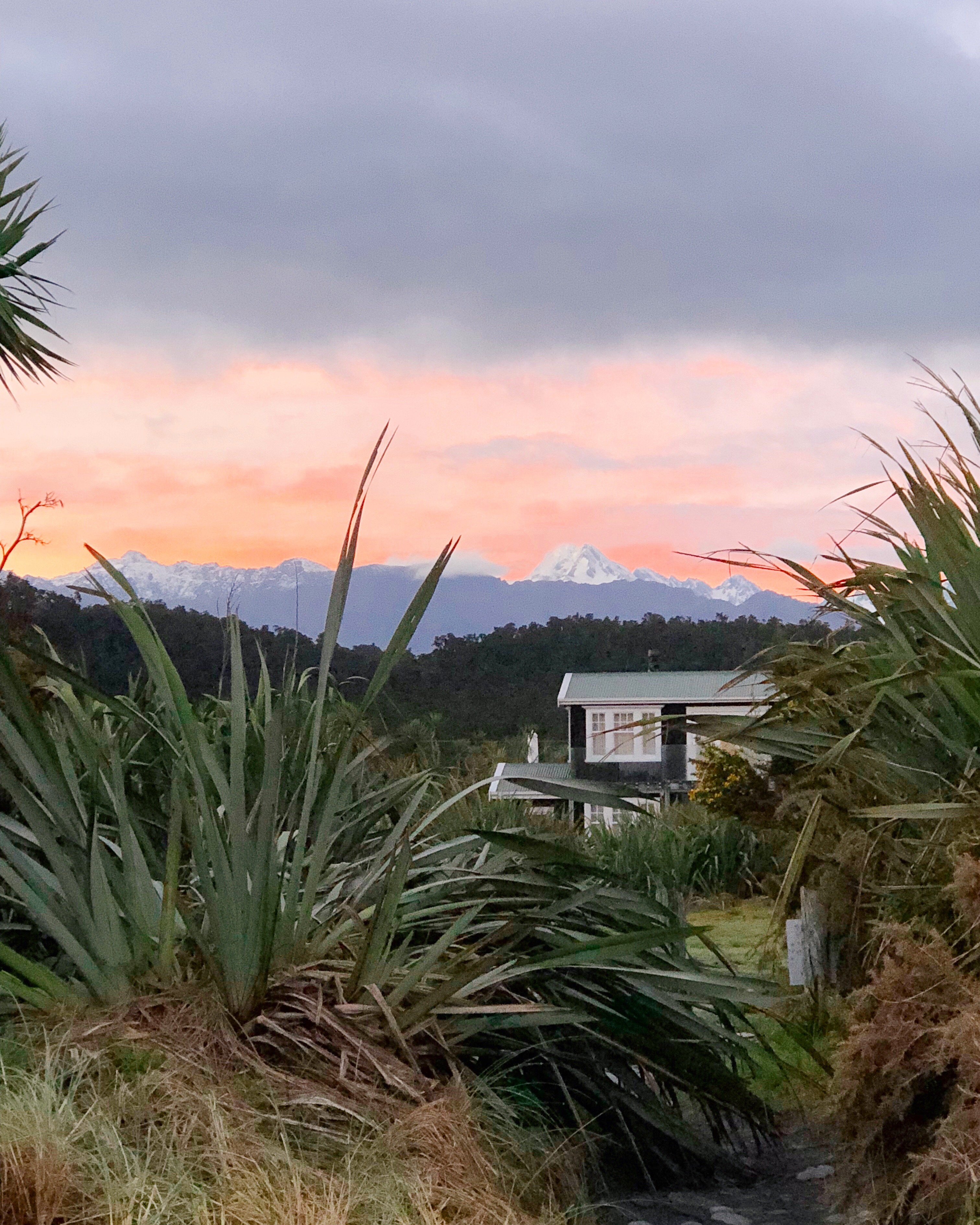[et_pb_section bb_built=”1″][et_pb_row][et_pb_column type=”4_4″][et_pb_text _builder_version=”3.0.92″ background_layout=”light”]
New Zealand is an incredibly diverse and stunning country comprised of two islands in the Pacific Ocean. If you’re an outdoor enthusiast, an adrenaline junkie, Lord Of The Rings or The Hobbit mega fan, or someone that appreciates beautiful scenery, then a trip to New Zealand should be high on your list. As a certified New Zealand specialist, I’m happy to help plan your next incredible getaway to this country. With many things to think about from a logistics standpoint, here are a few things to consider when planning a trip to New Zealand and how to prepare for that trip to New Zealand.

Mirror Lake in Fjordland National Park
What To Consider When Planning a Trip To New Zealand–Currency:
New Zealand operates on the New Zealand Dollar (or NZD), and if your’e coming from the US, the UK, or other countries in Europe (that use the euro), then you’re in luck because you will be able to enjoy a favorable exchange rate. Most stores, restaurants, and businesses accept credit cards, so carrying around cash isn’t necessary. Whenever you’re ready to pay your bill at a restaurant or cafe, let your server know that you will be paying with card. In many places you’ll pay at the front, rather than have your card ran and returned to you, and most often when paying at the table the server will bring the credit card terminal to you to complete the transaction.

Wine tasting at Mudbrick Vineyards in Waiheke Island
What To Consider When Planning a Trip To New Zealand–Tipping and Service:
Tipping is not necessary, and is not customary unless you’re receiving exceptional service. Coming from the US, I did think that prices were slightly high in general (especially for food and drink), but in the end it all evened out with the favorable exchange rate. I have one of those credit cards that have no international exchange fees and I get the most points for food and travel, so I pretty much used my credit card the whole time (I never exchanged or got cash out of the ATM). When asked whether I wanted to be charged in NZ dollars or US dollars, I opted for NZ dollars and let my bank figure out the exchange rate—often times you’ll get a better deal that way.

Sunrise air balloons outside of Arrowtown
What To Consider When Planning a Trip To New Zealand–What to Pack:
New Zealand’s weather is typically pleasant, but of course the further south you go the closer you get to Antarctica, so it gets colder. Since it’s on the Southern hemisphere, the seasons are also flip-flopped, so make sure to consider that when packing. We went in April which is when they’re transitioning from summer to fall, and we got to experience some of the most beautiful fall foliage I’ve ever seen.
Although the weather is typically nice, it can be fickle, so make sure to pack a rain jacket or poncho and carry it around with you, and make sure to dress in layers. Take a pair of nice shoes if you’re going to be going out to nice places for dinner, pack sneakers or hiking boots (there are so many opportunities to pull over on the side of the road and do a 30 minute to hour and a half hike), and if you’re going to be near the beach then pack some sandals. In general, make sure to look at the weather forecast when packing to see what the weather will be like when you’re there. When we went the difference in temperature between Auckland and Queenstown was 20 degrees, which is pretty significant and can be a big difference between comfortable and cold.

Soaking in the enormity of Fjordland National Park
What To Consider When Planning a Trip To New Zealand–Getting around:
Driving: If you are comfortable renting a car and driving on the other side of the road, I highly recommend it as that is one of the best ways to see the stunning countryside. I typically hate to drive on long road trips, and I found myself volunteering to drive so I wouldn’t miss anything. There are so many opportunities to just pull over, get out of the car, and soak in the scenery (there are even signs that give you the heads up that a scenic lookout point is going up). Here are some things to consider if you’re going to be driving:

The stunning blue pools in the South Island
- driving takes longer than it looks. New Zealand is a small country with a relatively small population, highways exist but are not as common as winding country roads and roadways, so make sure to give yourself plenty of time when planning your route from one place to another. There are also lots of opportunities to pull over and take pictures, or experience a short but invigorating hike or walk, often to beautiful waterfalls, lakes, or really scenic areas, so you’ll want to budget in some time for that.
- avoid driving at night if possible This was tough for us to avoid because we tried to see and do quite a bit during the day before heading off to our next destination, but because many places are so remote, there is little lighting and often just one lane going each way. This can make it difficult to see, and it became a challenge when driving through sinewy mountain ranges with no light. At times things got a little stressful and scary, and unfortunately New Zealand sees quite a bit of motor vehicle accidents especially from tourists that are not used to driving in those night conditions.
- observe the signs In general New Zealand uses universal motor signs, one that I was not familiar with was one large arrow heading one way and one small arrow heading the other way. This signifies you’re about to come up to a one-way bridge or crossing that only fits one car going one way, so if you see this sign and you have the large arrow that means you have the right of way, and if you have the small arrow then that means you have to yield to cars coming from the other direction. You’ll also see some other fun (but serious) signs relevant only to New Zealand.

Waiting for Frodo in Hobbiton
Flying:
- The longest flight from the north of the North Island to the south of the South Island is just two hours long. If you’re trying to quickly and efficiently get around the entire country quickly, then flying with Air New Zealand or Sounds Air will be pretty convenient and relatively inexpensive.
- You also have many options to travel via helicopter & private plane. Some luxury lodges are accessible only via helicopter or private plane, and you can also charter flights to cut down the time it takes to get to unique destinations like Milford Sound. If you need help making arrangements with reputable companies and pilots, feel free to reach out to me, I have several travel partners based in New Zealand that know all the best people.

Waterfalls in MIlford Sound
Other options:
- There are even more additional forms of transportation within New Zealand, including ferries and trains. Ferries are a great way to get to the tiny islands in the north, as well as a fun and different way to travel from the North island to the south Island. Taxis are also available, but in my experience I found them to be quite expensive. Thankfully rideshare like Uber was readily available in the large cities like Auckland and Wellington, and when I asked about Queenstown they told me Uber would be arriving soon (maybe by late May of 2018?). For a scenic and hands-off experience, then going on a train trip is the way to go. One great option in the South Island is the TranzAlpine train, and it’s an easy way to get from one coast to the other coast. The train has a caboose where you can buy some food, snacks, beer, and wine, and it’s supposed to be one of the most scenic train rides in the world 🙂

Admiring the Blue Pools
You may have some other logistical questions about planning your trip to New Zealand, and I’m happy to help! Highlights of where to go will depend on what you want to do on your trip (adventure, sightseeing, walks, golf, etc) and how much time you have. Regardless I can help come up with an amazing itinerary, and enlist the help of my travel partners based in New Zealand to help make your trip absolutely seamleass. If you want to chat further, feel free to reach out to me at ane@strongtravel.com and we’ll set up time for a phone call.

Sunrise in Okarito, between the Tasman Sea and the Southern Alps
[/et_pb_text][/et_pb_column][/et_pb_row][/et_pb_section]
